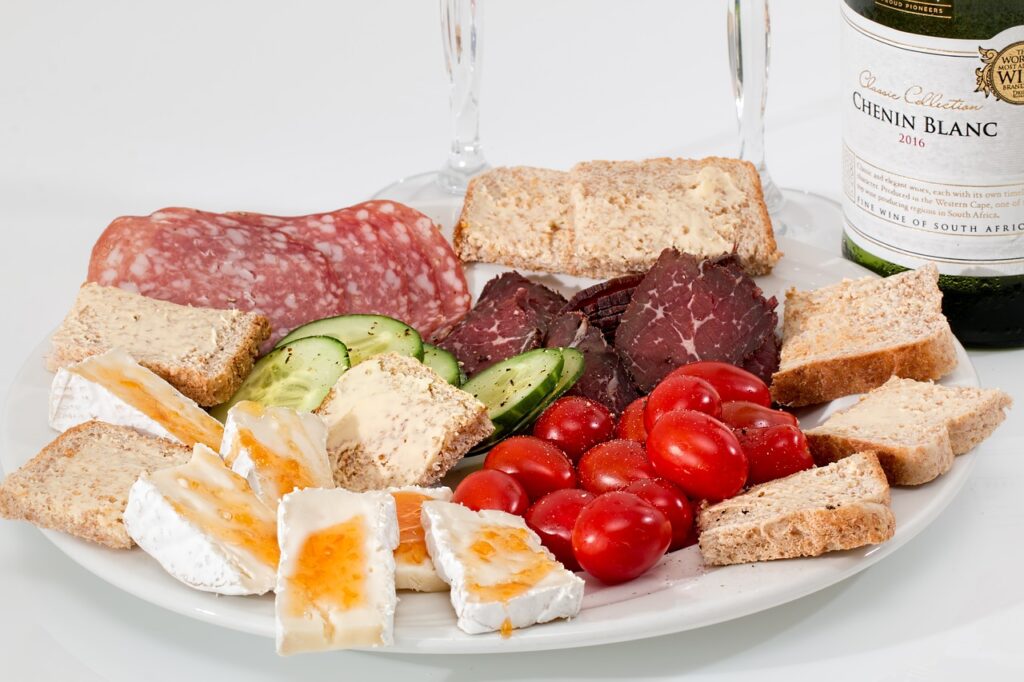Italy, a country synonymous with rich history, stunning landscapes, and a profound cultural heritage, continues to be a top destination for travelers worldwide. As an English speaker embarking on an Italian adventure, preparation is key to enhancing your experience. From language barriers to navigating the charming, yet sometimes bewildering, streets of its cities, this guide is designed to equip you with essential knowledge and tips across various aspects of Italian travel. Let’s dive into the categories that will shape your journey.
1. Language Preparation
Embarking on your Italian adventure with a foundation in the language not only eases daily interactions but also deepens your connection to Italy’s rich cultural tapestry. While it’s true that many in the tourist-centric zones speak English, mastering basic Italian phrases can transform your experience from that of an outsider looking in, to one of immersive engagement and genuine connection with the local people and their traditions.
Our language school’s 14-lesson crash course in Italian is tailor-made for travelers like you, focusing on practical, conversational skills that are most relevant during a trip. This course isn’t about overwhelming you with complex grammar rules; instead, it’s about equipping you with the language tools you need to navigate various scenarios with confidence and ease. Integrating basic Italian phrases into your travel preparations can significantly enhance your interactions and overall experience in Italy, showing not only respect for the local culture but also fostering a more authentic connection with the locals.
2. Cultural Etiquette and Customs
Navigating the rich tapestry of Italian cultural etiquette and customs is essential for any traveler seeking an authentic and respectful engagement with this vibrant country. Italians place a high premium on courtesy and the observance of formalities, particularly in greetings. Initiating interactions with a warm “Buongiorno” in the morning or a “Buonasera” post-afternoon not only demonstrates respect but also opens the door to more meaningful exchanges with the locals. When it comes to attire, Italians are known for their impeccable sense of style, often favoring well-dressed attire for both everyday and special occasions. As you select your wardrobe for Italy, opt for modest yet casual outfits that showcase a harmonious combination of colors, blending elegance with comfort to match the local fashion sensibility.
3. Navigating the Cities
Italian cities, with their labyrinthine streets and historic charm, require some navigation savvy. Public transportation is reliable and extensive, including buses, trams, and metro systems in larger cities like Rome and Milan. Consider purchasing a transportation pass (abbonamento) for unlimited travel within a set period (abbonamento giornaliero, daily pass, abbonamento settimanale, weekly pass). Walking is also a delightful way to explore, but comfortable shoes are a must. For longer distances, trains are an efficient and scenic option, connecting major cities and regions.

4. Culinary Guide
Italian cuisine, integral to the nation’s cultural fabric, presents a kaleidoscope of tastes and culinary delights. Every region has its own signature dishes, from the robust stews of Tuscany to the world-renowned pizza of Naples. Dining in Italy transcends mere eating; it is an immersive cultural ritual. Venture into the quaint, family-owned trattoria for a taste of genuine Italian fare. It’s customary to dine late in Italy, with meals often starting at 8 PM or beyond. Regarding gratuities, the “coperto” (cover charge) is essentially akin to a service tip, covering bread and table settings. While not obligatory, rounding up the bill or leaving a small extra amount is a gesture of appreciation for exceptional service, echoing the Italian spirit of generosity.
5. Sightseeing Musts
Italy is home to an overwhelming number of UNESCO World Heritage sites, historic landmarks, and natural wonders. Prioritize your must-see attractions but remain flexible to discover unexpected treasures along the way. Iconic sites like Rome’s Colosseum, Florence’s Uffizi Gallery, and Venice’s Grand Canal are unmissable, but also seek out lesser-known locales like the hill towns of Umbria or the coastal paths of Cinque Terre. Early morning visits or off-season travel can help avoid crowds at popular spots.
6. Accommodations
Italy offers a wide range of accommodations, from luxury hotels to cozy bed and breakfasts. Consider your itinerary and preferences when booking; staying in a centrally located area might be more expensive but can save time and transportation costs. For a more immersive experience, consider agriturismo in the countryside, where you can stay on working farms and enjoy fresh, local produce and owner’s prepared food. This authentic experience not only connects you with the land and its traditions but also supports local agriculture and community-based tourism, making your stay both memorable and meaningful.
7. Shopping and Souvenirs
Italy is renowned for its artisanal craftsmanship and illustrious luxury brands, providing a plethora of shopping opportunities. For genuine souvenirs, consider acquiring items such as fine leather goods in Florence, exquisite Murano glass in Venice, or intricately hand-painted ceramics along the Amalfi Coast. However, while indulging in these shopping experiences, it’s important to stay vigilant, especially in tourist-congested areas, as these spots can often attract pickpockets. Exercise caution with your belongings and be wary of counterfeit goods that may be presented as authentic. Additionally, for non-EU residents, there’s an opportunity to claim a tax refund on purchases exceeding a certain value—just make sure to ask at check out and retain your receipts for this purpose.
Conclusion
Traveling to Italy as an English speaker is an exciting journey that promises unforgettable experiences, from savoring its world-renowned cuisine to exploring its historic cities and landscapes. By preparing in the areas of language, culture, navigation, and safety, you’ll set yourself up for a smooth and enriching trip. Embrace the Italian dolce vita, take the time to enjoy each moment, and immerse yourself in the beauty and warmth of Italy. Buon viaggio!
